Today’s Webinar- Using sEMG to Assess Muscular Tension and Indication of Acute Stress in Horses
September 23, 2021 Comments Off on Today’s Webinar- Using sEMG to Assess Muscular Tension and Indication of Acute Stress in Horses
Rutgers Equine Science Center Join us TODAY for a webinar with our very own Ph.D. candidate, Ms. Ellen Rankins! Presenter: Ellen Rankins, M.S. Department of Animal Sciences at Rutgers University- Graduate Program in Endocrinology and Animal Biosciences Program. Thursday, September 23rd 11:00 AM EST Join us for a webinar with Ellen Rankins as she explores […]
Continue reading …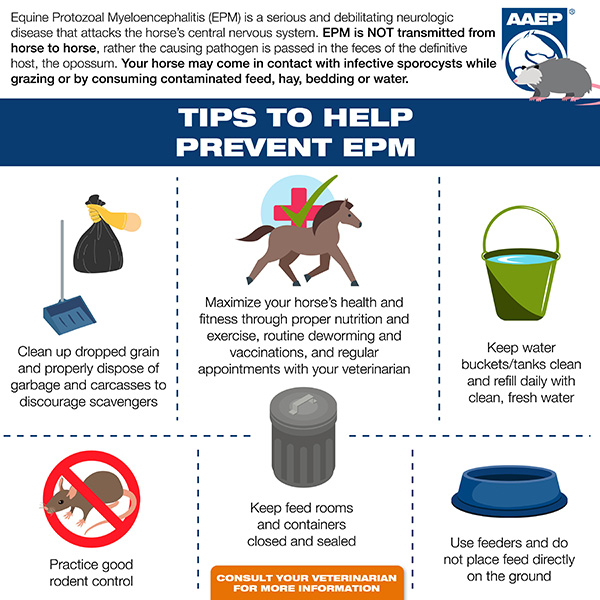
Fall is right around the corner, and research shows this season brings a higher risk of Equine protozoal myeloencephalitis (EPM). This is likely due to increased transportation to and from major horse competitions, and also to larger amounts of carrion in the diet of the opossum, the definitive host for the primary EPM-causing parasite in horses (Sarcocystis neurona.)
Continue reading …The Sixth Sense of Animals: An Early Warning System for Earthquakes?
September 19, 2021 Comments Off on The Sixth Sense of Animals: An Early Warning System for Earthquakes?
Experts disagree about whether earthquakes can be exactly predicted. Nevertheless, animals seem to sense the impending danger hours in advance. For example, there are reports that wild animals leave their sleeping and nesting places immediately before strong quakes and that pets become restless.
Continue reading …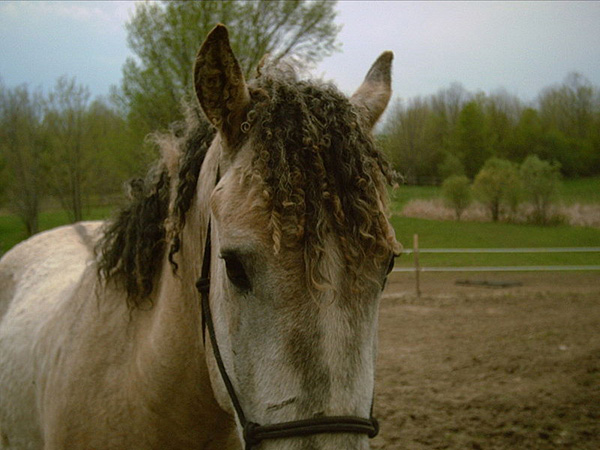
You’ve seen curly-haired dogs. You might have seen curly-haired cats. But how about a curly-haired horse?
Continue reading …
Horse owners are often busy people who find themselves stressed for multiple reasons. While horses may not have a high-pressure job or have to care for children or worry about balancing a checkbook, they too can suffer from stress.
Continue reading …Don’t Let Dust Diminish Your Horse
September 15, 2021 Comments Off on Don’t Let Dust Diminish Your Horse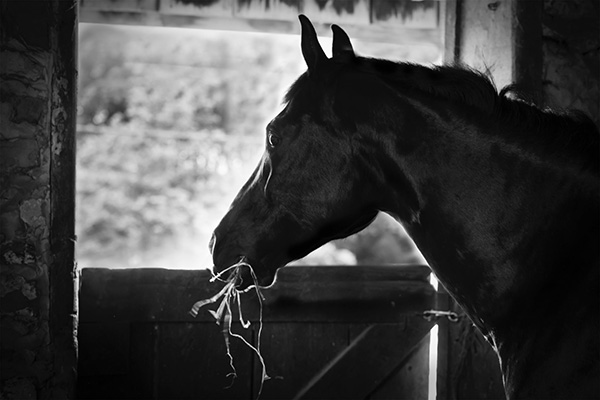
Have you ever walked in a barn, and felt like your lungs were being assaulted? Imagine how a horse feels, particularly if they spend hours in a stall. When horses exercise, they take on upwards of 16 times as much air per second than their human owners. Their lung capacity is enormous, as are their athletic capabilities, unless they are compromised by environmental factors. Much can be done from a management standpoint to minimize dust and harmful particulates in a horse’s environment while maximizing athletic function and general comfort in the process.
Continue reading …EC TV- How to Band a Horse’s Mane
September 15, 2021 Comments Off on EC TV- How to Band a Horse’s Mane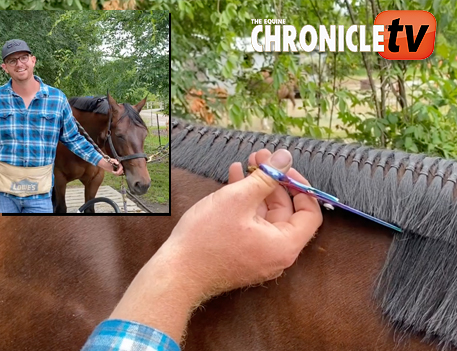
Watch as professional bander, Cameron Van Sickle, provides a tutorial for how to band a horse’s mane for the show pen. Click on the link below for his step-by-step instruction for perfectly placed bands.
Continue reading …Does Your Dog Understand How You Feel After a Bad Ride? New Study Sheds Light
September 14, 2021 Comments Off on Does Your Dog Understand How You Feel After a Bad Ride? New Study Sheds Light
“This suggests that dogs can acquire information from emotional expressions, infer some form of emotional state, and use this when making decisions. This is complex as they need to infer the emotional states of people from representations they have generated and stored in their memory and use it in a new context.”
Continue reading …Annual UK Equine Career Fair to Showcase Industry Opportunities For College Students
September 13, 2021 Comments Off on Annual UK Equine Career Fair to Showcase Industry Opportunities For College Students
By: Holly Wiemers University of Kentucky Ag Equine Programs will host a Career and Opportunity Fair at 5 p.m. EDT Sept. 29 in the UK Student Center Ballrooms. The annual event is free and open to all current and future college students who are interested in learning more about the myriad of professional opportunities that exist in the […]
Continue reading …Detomidine For Reducing Fireworks Anxiety in Horses
September 12, 2021 Comments Off on Detomidine For Reducing Fireworks Anxiety in Horses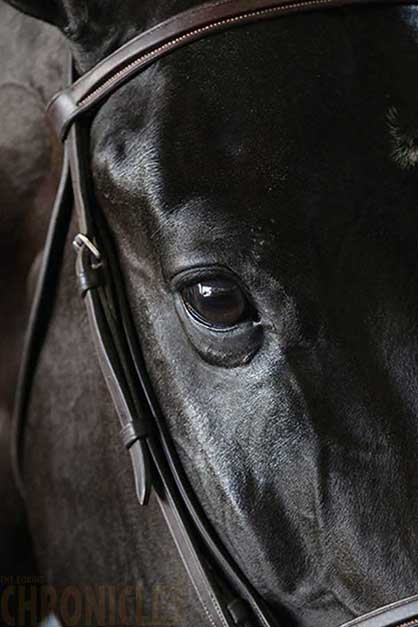
Detomidine gel could be a useful tool to alleviate horse’s anxiety during fireworks according to a recent study.
Continue reading …







